Introduction
Navigating the Google technical interview process can be a daunting task for even the most experienced engineers. With countless topics to review and high expectations, being prepared with a clear strategy is key. This guide presents six fundamental steps designed to help you approach each Google interview with confidence and maximize your performance at the whiteboard.
1. Restate the Problem Clearly
Once the interviewer presents a challenge, rephrase the question in your own words and say it out loud. This technique helps demonstrate that you comprehend the requirements, clarifies any misunderstandings upfront, and gives you an opportunity to confirm the expectations. In addition, articulating the task can spark new angles for your solution and gives you a few valuable seconds to gather your thoughts.

2. Identify the Inputs, Outputs, and Constraints
Before jumping into code, clarify the details: What data will your function receive? What should it return? Are there edge cases to consider or restrictions on resources, time, or memory usage? Asking targeted questions and specifying these boundaries shows your analytical approach and helps avoid simple mistakes.
3. Explore Examples and Discuss Scenarios
Work through sample inputs by hand and talk through expected results. This approach can reveal unclear aspects and test your understanding. Try to include edge situations, such as empty datasets or maximum constraints, as handling these gracefully is crucial in real-world systems.
4. Outline a Step-by-Step Plan
Communicate a high-level strategy before diving into code. Describe your algorithm, briefly mentioning why you chose it. Enumerate the primary steps you’ll follow. Getting early feedback on your approach can help prevent going down the wrong path and demonstrates your structured problem-solving.
- Summarize your logic verbally before implementation
- Highlight any tradeoffs you’re considering
- Mention alternative strategies if relevant
5. Write Code Thoughtfully and Clearly
With approval on your plan, proceed to implementation. Prioritize readability in variable naming, modularizing code, and adding brief comments where necessary. Speak your thought process aloud while coding—this makes your reasoning visible and helps catch errors early.
6. Rigorously Test and Analyze
After finishing your implementation, manually test your code with multiple test cases, especially edge and worst-case scenarios. Evaluate performance with respect to time and space. If you spot errors, calmly acknowledge them and revise your solution—iterative debugging shows maturity and adaptability.
| Step | Benefit |
|---|---|
| Restate the Problem | Clarifies understanding; gives thinking time |
| Clarify Inputs/Outputs | Ensures all cases are covered |
| Work Through Examples | Identifies edge cases and ambiguities |
| Discuss Your Approach | Shows structured thinking |
| Write Code Clearly | Makes debugging and communication easier |
| Test and Analyze | Demonstrates thoroughness and adaptability |
Conclusion
Excelling in a Google technical interview requires more than knowing algorithms—it calls for clear communication, methodical problem-solving, and adaptability in the face of feedback. By structuring your approach around these six key practices, you’ll be better positioned to navigate challenging questions and demonstrate the qualities Google values in its engineers.